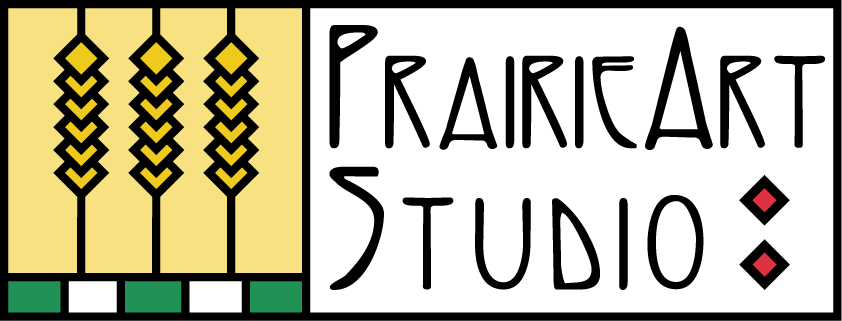“Every child is an artist. The problem is how to remain an artist once we grow up.” ~Pablo Picasso
I am not surprised at the current popularity of adult coloring books, Zen tangling and paint night parties because on some level, since childhood, we’ve always know that the act of creating art is not only fun but beneficial. It can be playful, stress relieving, meditative, great for increasing focus and problem solving skills and most of all good for the soul. Most children love to color and draw but as they grow a critical part steps in and as teenagers and adults they convince themselves that they absolutely can’t draw or don’t want to. For those that do try, many of the benefits can be sabotaged by self-doubt. Adult coloring books and doodling are great ways to overcome the fear of failure and stress of perfectionism and to get back to doing something artistic. They are a great first step in tapping into the creativity that is inside all of us.
The benefits of meditation are now being proven scientifically; it can actually change the pathways in our brain from negative thinking to positive (1). The basic idea of meditation is to quiet our busy minds and be in the moment. This creates a space within that is calm, open and rejuvenating. Depending on one’s beliefs, meditating can help to be more in tune with our intuition, our true self, divine power or soul. Mediation can be done passively by sitting and following the breath, reciting a mantra or prayer but it can also be done actively. Activities like drawing, knitting, gardening, running, yoga or walking the dog, when done mindfully, can take us to that meditative state. I myself have found that I need to switch it up, depending on my state of mind and current stresses; different kinds of mediation benefit me in different ways.
For some that first step is enough but for others there is an inkling to want to do more. Some people find drawing comes naturally just as some people are natural athletes. Just because one isn’t going to become a professional athlete does not mean that they do not need to exercise, likewise, just because one isn’t going to be the next Rembrandt it does not mean they should not do art. In both cases they will reap the benefits but adults need to be conscious of their perfectionist parts and look at each drawing as an exercise, a baby-step in the right direction. It’s OK to not like every drawing, it is in the doing that the benefits lay and we will find that, just as in exercising regularly, we will see and feel the results.
As adults we tend to put other things like work and family before our own needs without realizing that we need to nurture ourselves to be our best for others. Learning something new and challenging ourselves throughout our adult lives is what is going to keep us young and our brains sharp. If there is a nudging voice that wants you to try art but another one that that shuts it down, thank that second voice for its concern and take that next baby-step; remind yourself that art is fun, it isn’t a frivolous waste of time, it’s good for our brain, it doesn’t have to be perfect, and that it may be just what your soul needs.
References: (1) Alice G. Walton, “7 Ways Meditation Can Actually Change the Brain”, Forbes/Pharma and Healthcare. February 9, 2015.
http://www.forbes.com/sites/alicegwalton/2015/02/09/7-ways-meditation-can-actually-change-the-brain/#6a6268807023




